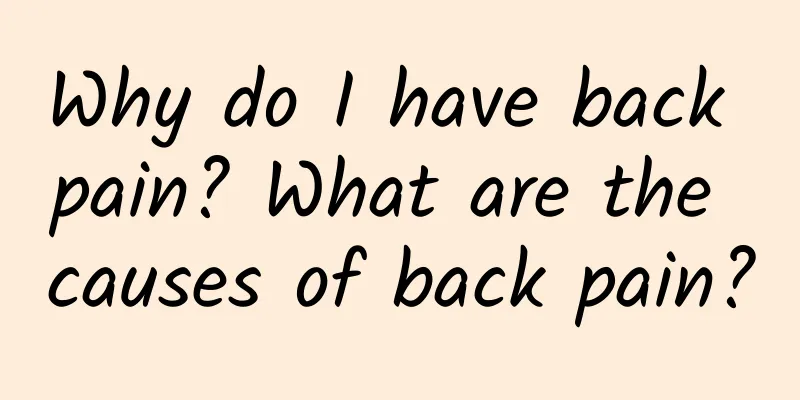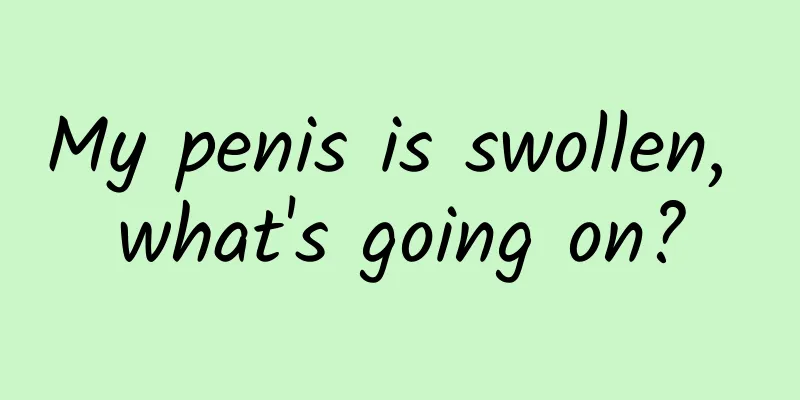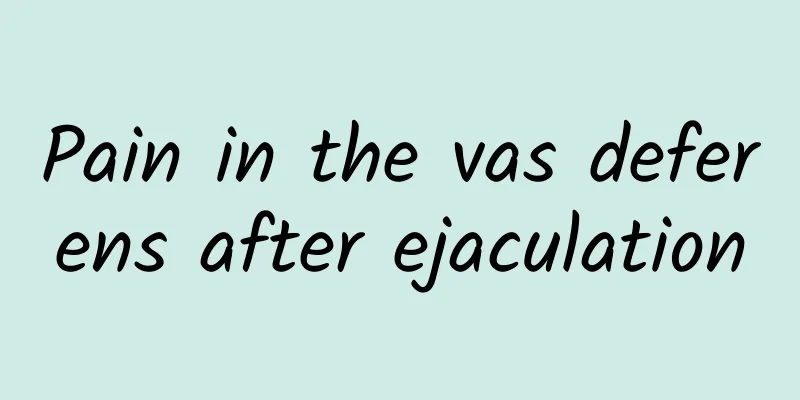Why do I have back pain? What are the causes of back pain?

|
Many people have experienced low back pain and are often troubled by the pain, but are helpless. To get rid of the trouble of low back pain, we must first understand the causes of low back pain. 1. Degeneration The intervertebral discs can degenerate. In childhood, the discs are porous, elastic, and strong. The nucleus in the middle of the disc contains a lot of water. This allows the disc to absorb shock and protect the spine. The first changes to the disc with age are that the rings around the nucleus weaken and begin to develop small cracks and wear. The body uses scar tissue to repair the cracks. But scar tissue is not as strong as the original tissue. Tearing the annulus is one of the causes of pain. 1. There are pain receptors on the outer edge of the annulus. When the outer edge of the annulus is torn, pain occurs; 2. Inflammation caused by tearing can also cause pain. Over time, the disc begins to lose fluid and it dries up. As a result, the vertebrae begin to move closer together. If the disc continues to degenerate, the distance between the vertebrae decreases, which puts pressure on the facet joints on the back of the spine. When these joints are squeezed together, the joint cartilage has to bear extra pressure. This extra pressure can damage the joints. Over time, this can lead to facet arthritis. Therefore, degenerative changes in the discs, facet joints, and ligaments cause the spine to become unstable, and the extra movement of the spine causes more wear and tear on the spine. As a result, the annulus is subjected to more and greater tearing. The nucleus pulposus may be pushed into the spinal canal through the torn annulus. This is called a herniated disc or a ruptured disc. The squeezed disc can put pressure on spinal nerves. The disc releases enzymes and chemicals that cause inflammation. The combination of the pressure on the nerves and the inflammation caused by the chemicals released by the disc causes pain. As degeneration continues, bone spurs may develop around the facet joints and discs. No one knows exactly why bone spurs develop. Most doctors believe that they develop as the body tries to limit excessive movement between spinal cord segments. These bone spurs cause problems when they press on the nerves that pass through the foramina. The pressure around the irritated nerve roots causes pain, numbness, and weakness in the lower back, buttocks, legs, and feet. The spinal segments eventually become stiff and inflexible. Thickened ligaments and facet joints, scarred, dehydrated disc tissue, and protruding bone spurs prevent normal movement. Stiff joints are generally less painful than hypermobile joints, so this stage of degeneration may provide some relief. 2. Neurogenic pain Low back pain can be divided into two categories: mechanical pain and neurogenic pain. 1) Pain of mechanics Mechanical back pain is caused by strain on the lumbar spine. The pain is essentially similar to a machine that is beginning to wear out. Mechanical back pain usually begins with degeneration of the intervertebral discs. The discs begin to break down, the distance between the vertebrae narrows, and the facet joints become inflamed. Mechanical pain is usually worse with activity. Mechanical pain is usually in the back, but may extend to the buttocks, thighs, and knees. Mechanical back pain does not usually cause weakness or numbness in the legs and feet. 2) Neurogenic pain Neurogenic pain means pain that is caused by nerve damage. Neurogenic pain occurs when a spinal nerve becomes inflamed or compressed. This can happen when a disc herniates or a nerve becomes compressed. Recently, it has been learned that even when the nerve is not directly compressed, pain can occur when chemicals released when a disc ruptures cause the nerve to become inflamed. Neurogenic symptoms are more concerning than mechanical pain because neurogenic pain can cause weakness or numbness in the limbs. Nerve compression causes symptoms in the area innervated by the nerve, rather than in the lumbosacral area. This is because the pressure on the spinal nerves affects structures outside the spine, such as muscles. Therefore, a person may not have a back injury, but still feel pain, numbness, or weakness in their legs or feet. This indicates a problem with the body's nervous system. The pressure on the nerves affects the body's functions. Muscle weakness, slowed reflexes, tingling and numbness in the areas innervated by the nerves. |
<<: Why do men suffer from back pain and what can they do?
>>: What are the benefits of eating halved pork liver? How to cook halved pork liver
Recommend
Star man Kim Soo Hyun was stripped naked and called beasts also have seven emotions and six desires
Kim Soo Hyun has gained great popularity due to t...
Men are calcium deficient. What foods can they eat to supplement calcium?
When men joke around, they always say that low IQ...
Varicose vein varicocele often has these symptoms, check yourself immediately!
Varicose vein varicocele does not have obvious sy...
What to do if masturbation causes no ejaculation
Many people masturbate when their physiological n...
Male urethra structure
The urethra of both men and women carries the fun...
Why does urination hurt in men?
Many male friends treat urinary pain as urethriti...
Normal human sperm report sheet
Pregnancy is a process, but it is a complicated p...
Penis lengthening surgery postoperative pictures
A healthy body comes from our good lifestyle. If ...
Is it good to take a bath if you have prostatitis?
Men may suffer from prostate disease due to the n...
Do men have breasts?
Breast cancer is a very common breast disease. Ge...
Did you know that pork liver is a common blood tonic?
Pork liver is a common blood-replenishing ingredi...
Men's Large Pores Repair Steps
Nowadays, boys' skin is getting rougher and r...
What should men pay attention to during pregnancy preparation?
Many people think that only female friends need t...
What is the best way to treat kidney deficiency?
Kidney deficiency is a very common phenomenon. It...
60 seconds to test whether a man has kidney deficiency
Symptom 1: Yawning: Yawning continuously and for ...









